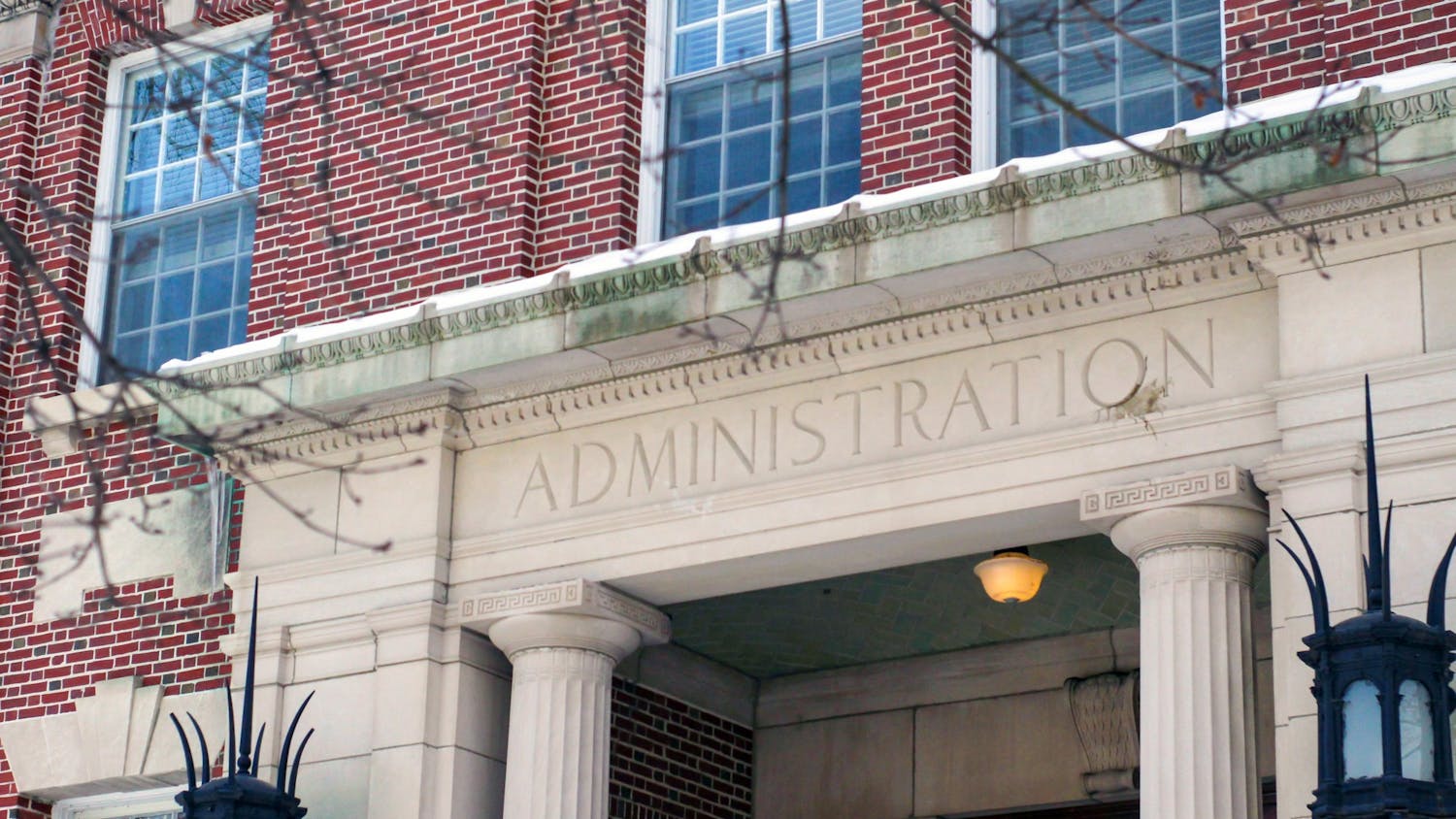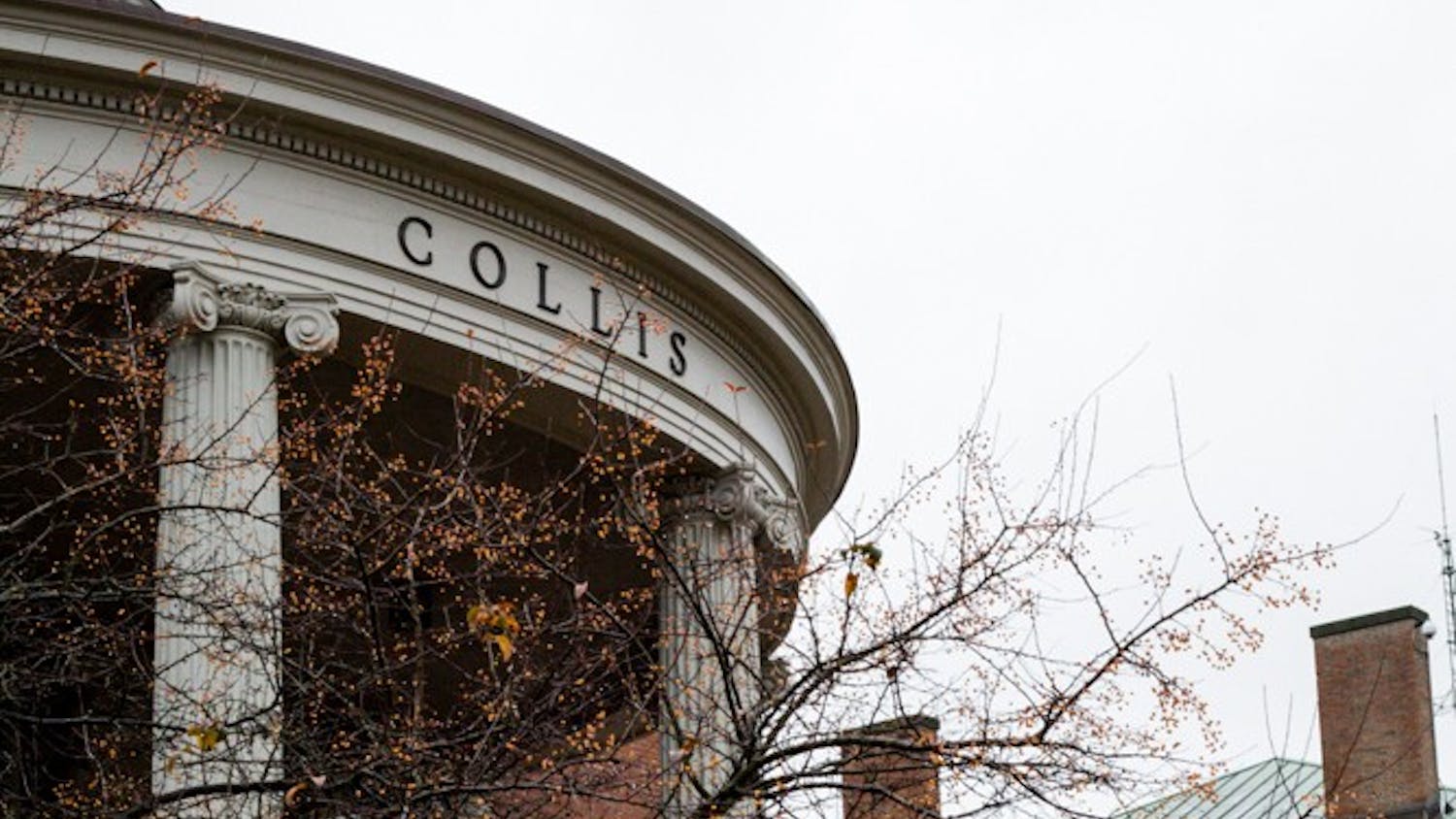With over six million pages sent to public printers each year at Dartmouth, Computing Services has begun implementation of a new, more efficient printing system called GreenPrint.
Users of the new system assign a unique name to their print jobs, and then must go to the printer and enter that name as well as a password in order for their pages to print.
Currently, 30 percent of all printed materials -- approximately two million pages -- are never retrieved, according to Bill Brawley, director of Computing Services, a figure the new system intends to reduce.
Five new GreenPrint release stations -- printers and adjoining computer terminals -- were installed in the basement of Berry Library at the beginning of the term, and more will be added as Computing Services resolves lingering problems with the system, according to Mike Hogan, manager of operations at Computing Services.
By the end of the term, organizers hope to replace all old printers in Berry and Collis with GreenPrint release stations, said Oliver Bernstein '03, coordinatior of the Tucker Foundation's Environmental Conservation Organization, which is helping with the project.
"The plan is to have one of these release stations in every dorm cluster," in addition to those in Berry and Collis, Bernstein said.
In order to use the new GreenPrint system, students will also need to install special software on their computers, which is available on Dartmouth's Public and Wilson file servers. However, the software currently available will not work for students using the Linux or Mac OS X operating systems, Brawley said.
All public computers on campus, however, will soon have GreenPrint software installed.
Planning for GreenPrint -- initiated by ECO -- has taken nearly two and a half years, organizers said. Over the next week ECO will publicize the new system and encourage its use.
Brawley admitted that "it's going to be hard to tell [how the system will function] until we get some actual practice."
In addition to eliminating waste, GreenPrint is designed "to alleviate the bottlenecks and make it more efficient," Brawley said.
Yet Brawley and other planners foresee potential bottlenecks during exam periods or other times when a high volume of paper is sent to printers. At such times, there may be too few printers to handle the number of jobs in a timely matter, though "the plan is to keep a real close eye on that," Brawley said.
When Princeton University switched to a similar printing system in September, however, fears of bottlenecks and long lines proved unjustified, according to Leila Shahbender, Manager of Student Computing at Princeton University.
"There were problems that have occurred, but in general it works very smoothly and you don't have to stand around waiting," she said.
In the future, Computer Services hopes to adopt a more secure method of identification similar to the Kerberos authentication system, according to Hogan.
Although many colleges with similar printing systems charge students for printed pages, Hogan said that Dartmouth does not plan to implement any charges.



